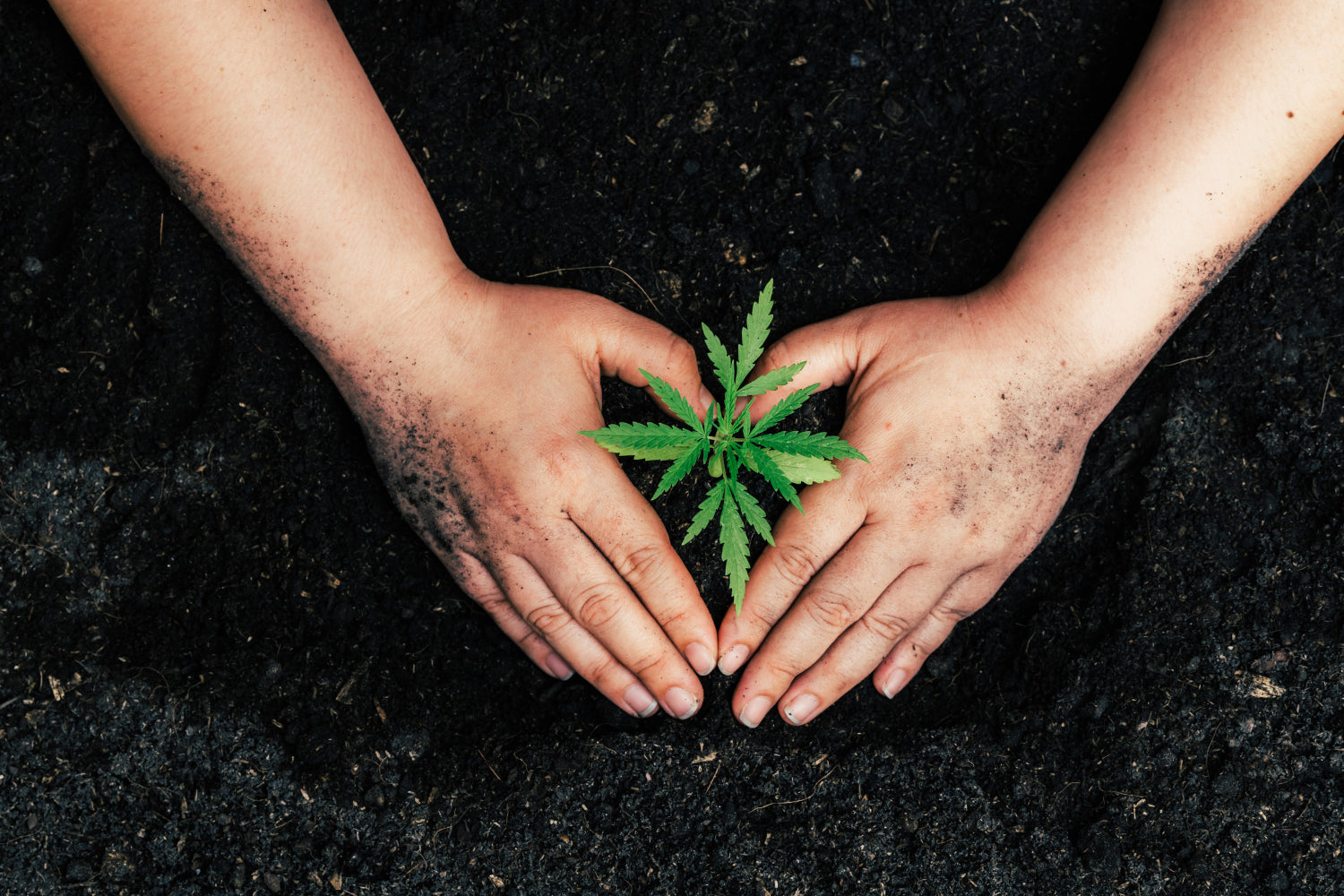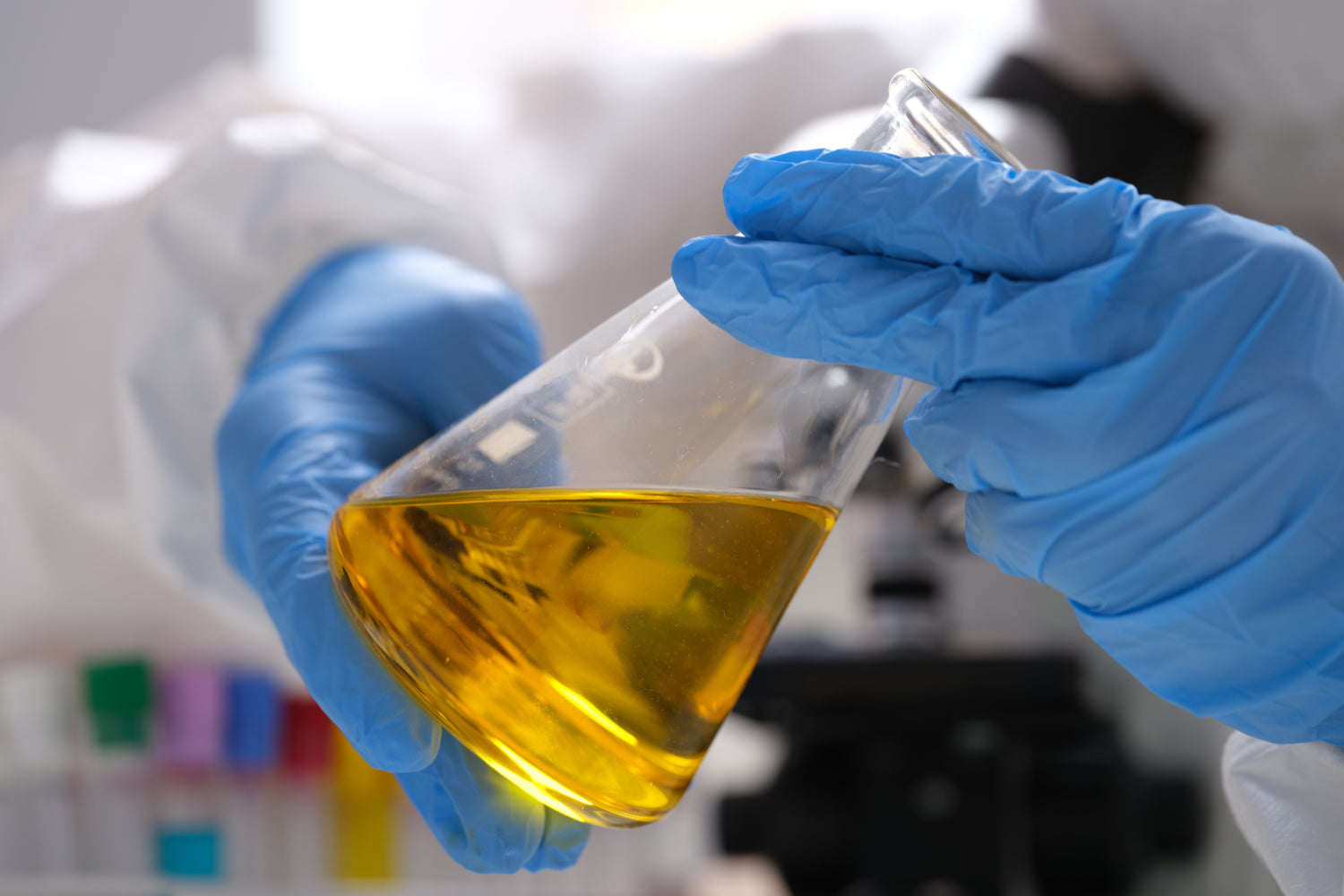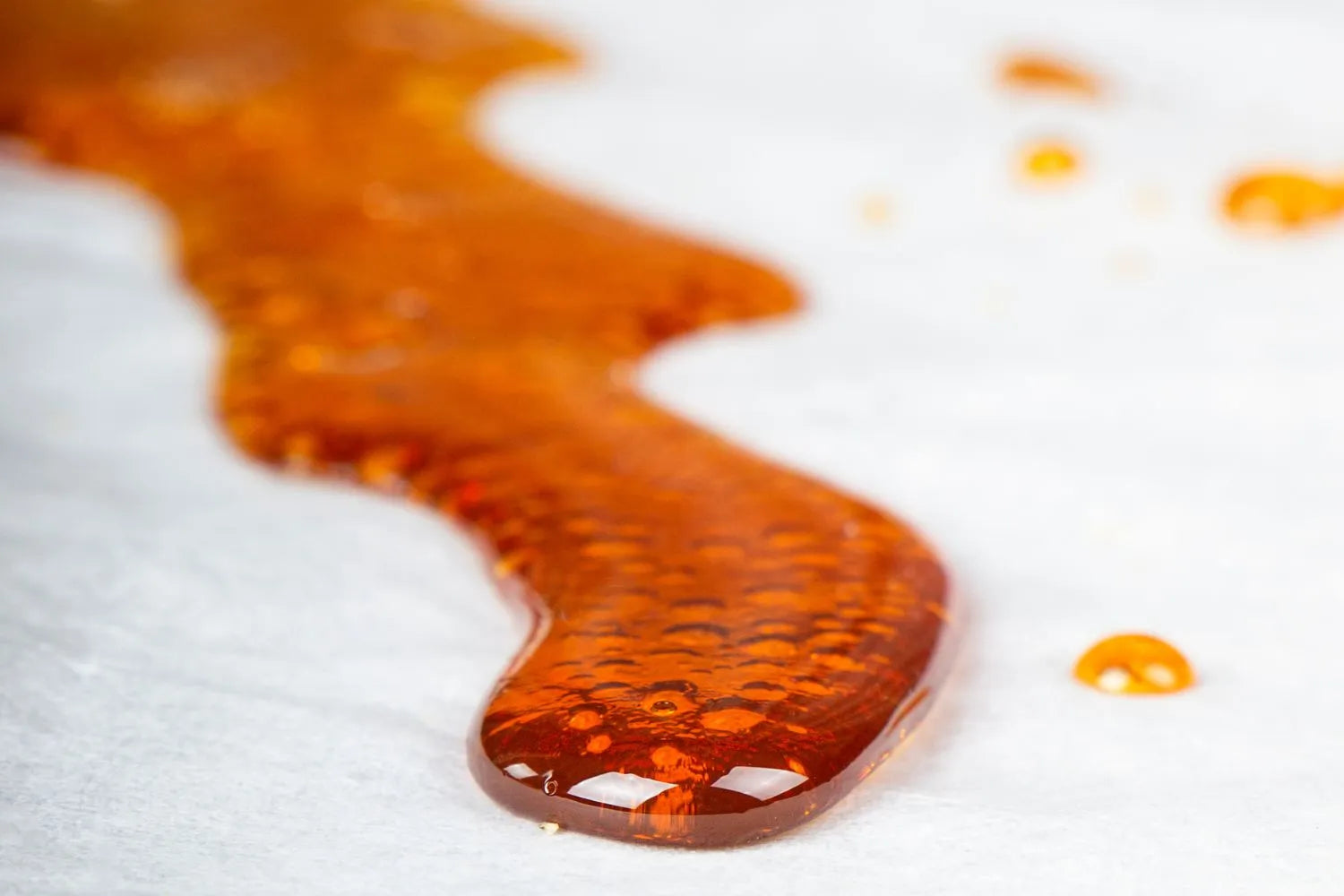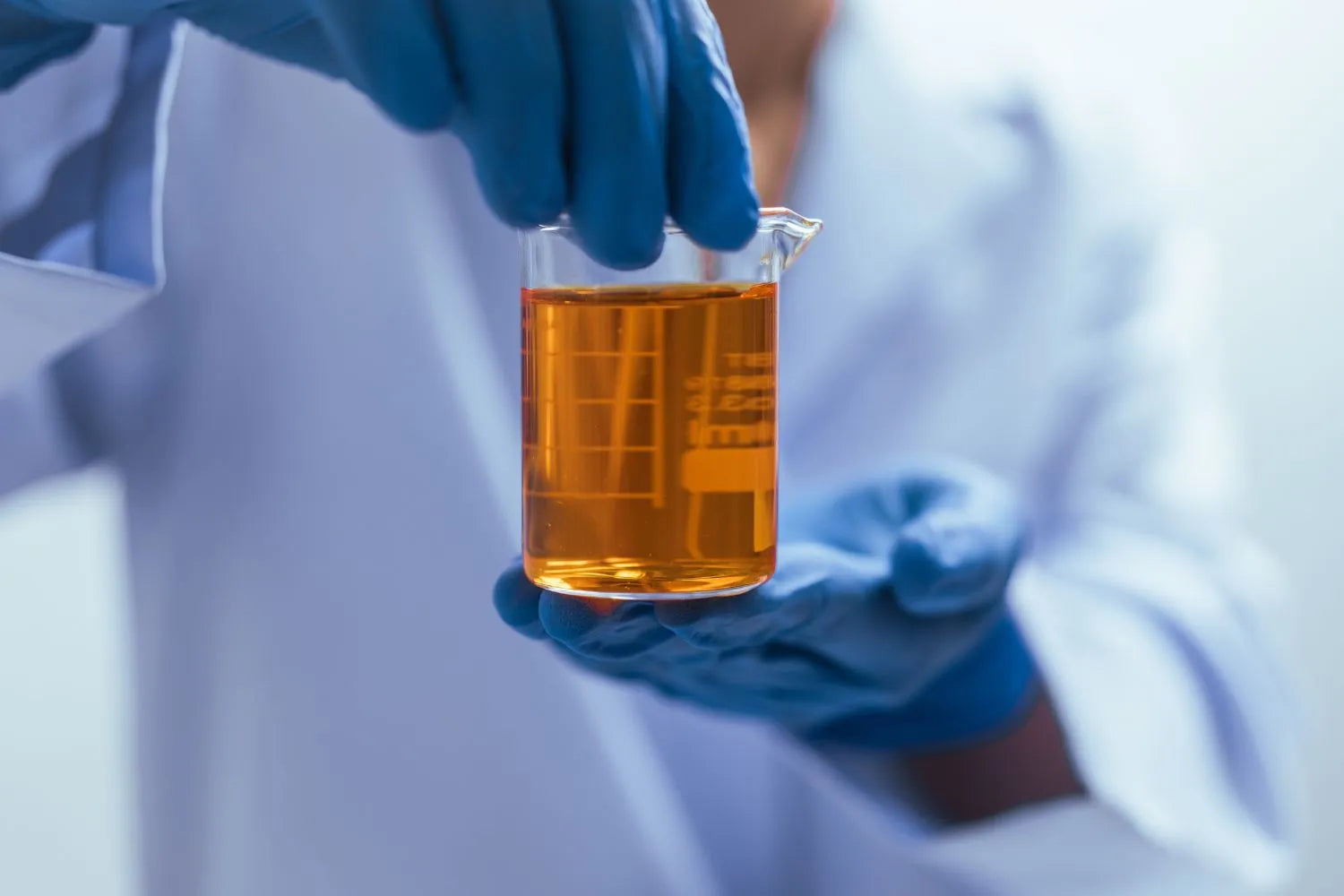It’s no secret that industry and human expansion negatively impact the environment. Many conventional cleanup methods exist to deal with severe pollution, but is it possible to use nature instead?
We’ve seen the natural therapeutic effects firsthand and (to a lesser but significant respect) in scientific studies. But can a plant that promotes human health also be environmentally healthy?
The short answer is “yes.” However, it’s not a perfect system - primarily thanks to human intervention.
Despite its potential in phytoremediation, the hemp supplement industry risks turning an environmental breakthrough into a public health hazard.
What are the benefits and drawbacks of hemp phytoremediation? How can you protect yourself? These answers require an examination of hemp and its place as a valuable environmental tool.
What is Hemp?
Contrary to popular belief, hemp isn’t a plant species, nor is its counterpart, “marijuana.” Both are cultivars of the Cannabis sativa L. (C. Sativa) plant species.
When the 2018 Farm Bill took effect, it drew a clear line between the now federally legal “hemp” and “marijuana,” which (at the time of writing) remains a Schedule I controlled substance.
Hemp vs. Marijuana
Hemp and marijuana cultivars (“strains”) are indistinguishable. So if hemp and marijuana are part of the same plant species, what sets them apart? In short, it boils down to THC content.
Cannabis with less than 0.3% THC by dry weight is considered “hemp,” while “marijuana” exceeds that threshold.
Still, there are minor differences between industrial hemp and other cannabis cultivars. Typically, hemp varieties are tall, sparse, more resilient, and take longer to mature than their higher-THC counterparts.
Does CBD Come From Hemp or Marijuana?
CBD doesn’t change based on its source. The compound is the same, regardless of how much THC its original plant contains. Hemp is the most efficient choice for health supplement extracts, having over 97% CBD by dry weight with little THC.
Medical and recreational cannabis has been legal for years in many states, with more jumping on board. Many high CBD non-hemp cultivars exist. Some strains exceed 20% CBD with 1% THC or slightly less. But because these strains exceed the 0.3% limit, they’re still considered “marijuana.”
Ultimately, if you get CBD products from a legal dispensary, chances are it’s sourced from “marijuana.” If cannabis isn’t entirely legal in your state, your CBD supplement vendor uses industrial “hemp.”
What is Phytoremediation?

According to the Environmental Protection Agency (EPA), phytoremediation uses vegetation to combat and eliminate environmental contamination.
Certain plants absorb and eliminate toxins in polluted groundwater. Following absorption, the toxins remain in the plant’s roots, stems, leaves, or any combination.
After a short period, those contaminants are neutralized or converted into harmless byproducts released as vapor. In other cases, microbes help consume residual toxins.
Hemp is a prime candidate for phytoremediation, but it’s a double-edged sword.
The Dangers of Hemp as a Phytoremediator
As we’ll see next, studies and observations overwhelmingly support hemp as a phytoremediation. Indeed, hemp performs well in this regard.
Perhaps the danger doesn’t lie in the hemp but in its disposal. Toxin-saturated hemp can be used for things like bioenergy, but some vendors could turn this valuable tool into a public health nightmare - all in the name of profit.
So what are the dangers of hemp as a phytoremediator? Let’s examine the pros and cons to see how we can enjoy the benefits and mitigate the risks.
Pros of Phytoremediation
There are many excellent reasons for relying on plants to detoxify an environment. Hemp seems ideal for phytoremediation in various respects.
Suitability
Cannabis isn’t called “weed” for nothing. The plant spreads efficiently in its many natural habitats. According to one review of existing literature in the journal Plants, hemp’s properties make it a perfect phytoremediator, explaining:
Many studies showed that hemp has a high tolerance to metals. Industrial hemp can often take up metals and store them in different parts of the plant, with no detriment to the plant itself. When employed for phytoremediation purposes, toxins can accumulate in the roots, leaves, and stalks (Lee et al., 2022)
Hemp is built to clean its environment, making it an efficient, inexpensive alternative to more conventional methods.
Proven effectiveness
Cannabis’ effectiveness as a phytoremediator isn’t theoretical. Hemp has helped clean some of the most polluted environments imaginable. For example, the 2022 publication above outlines some of the plant’s documented uses:
Since 1998, hemp has been successfully used to remove soil contaminants from agricultural lands that were heavily contaminated by the 1986 Chernobyl nuclear disaster. In 2008, in an Italian farming region contaminated by a nearby steel plant, hemp was grown to leach pollutants, such as dioxin, from the soil. Dioxins are considered toxic as they cause cancer, affect reproduction and development, damage the immune system, and interfere with hormones. Once remediation is complete, plant material containing dioxins can be used to produce energy.
Not only does hemp remove hazardous toxins from its environment, but the saturated plants can work as a source of energy.
Easy Production
Hemp cultivars are outmatched in versatility and resilience. Fortunately, this means it proliferates effectively, making mass production a breeze.
According to the above review: “Hemp grows quickly and has deep, wide roots. It can adapt to different soil conditions and grows in various climates.”
In other words, cannabis efficiently grows outdoors with minimal intervention. Its adaptability also makes it suitable for virtually any environment.
Cons of Phytoremediation
On the surface, hemp phytoremediation is an open-and-shut case. However, the method isn’t without its flaws. A 2022 study by Carboni et al. in Sustainable Energy Technologies and Assessments pointed out the method’s strengths and weaknesses.
Indirect Impact
The publication acknowledges that hemp can demonstrably remove pollutants but points out a tradeoff. While cannabis may positively impact its environment, it could arguably be just as much of a hindrance.
According to the study’s authors:
Industrial hemp cultivation was the subsystem with the greatest cumulative energy demand and environmental impacts along the entire supply chain, where diesel fuel and fertilizers are used for industrial hemp growth.
In other words, albeit indirectly, hemp introduces new pollutants while simultaneously cleaning up others.
Legal Roadblocks
Just because the 2018 Farm Bill federally legalized “hemp” doesn’t mean its legal woes are over. Hemp laws vary from state to state. Consequently, this raises doubts about embracing hemp phytoremediation.
As stated in the above study, “local legislation in terms of the treatment and disposal of contaminated materials might represent an important concern for this technology.”
Unsafe for Consumption
Hemp-derived CBD products arguably are the backbone of the modern hemp industry. As demand for CBD increased, so did hemp’s prevalence. Today, CBD is available in various formats to suit anyone’s tastes.
Unfortunately, common sense dictates it’s unsafe to consume extracts from toxin-saturated hemp.
Importance of Third-Party Lab Testing
We all wash our fruits and vegetables before eating them, as we’re concerned about trace contaminants like dirt or pesticide traces. With that in mind, it’s safe to assume hemp cultivators know better than to send contaminated products for edible consumption, smoking, or topical use.
Inhaling, ingesting, or topically using products containing heavy metals, chemicals, bacteria, fungi, or solvents will have disastrous health effects over time.
While most vendors know better than to poison their customers, some don’t appear concerned. This is why third-party testing is crucial.
Avoid vendors who aren’t transparent about their products. By “transparent,” we mean regular tests with results clearly and legibly posted on the company’s website.
It also helps to know the hemp source, but rarely - if ever - do vendors give their exact supplier. Ideally, look for organically grown or (occasionally) USDA Certified Organic hemp products.
The Arvanna Difference
Arvanna’s’ objective is to improve customers’ health. Making extracts from hemp used in phytoremediation would be antithetical to the company’s goals.
It’s clear that, while testing the final extract is essential, problems can arise during early cultivation. This is where Arvanna demonstrates its staunch commitment to safety.
Aside from the usual post-production tests, Arvanna routinely tests its soil before and during cultivation. Such a unique practice ensures no contaminants exist that the surrounding hemp might inadvertently absorb.
Conclusion
Hemp on its own isn’t necessarily a harmful phytoremediator. The danger comes from careless disposal or even reuse for human consumption.
Is hemp effective for phytoremediation? Absolutely. But only if vendors avoid recycling it for extracts, topicals, or smoking products. Again, this highlights the importance of third-party testing with companies like Arvanna, who proactively test their soil.
Ultimately, we need to ensure that toxin-saturated cannabis doesn’t become a cheap CBD oil ingredient- especially when the “dirty” plant matter is an effective source of clean energy. All we need to do is take corner-cutting, negligence, and greed out of the equation.
But that’s easier said than done.






